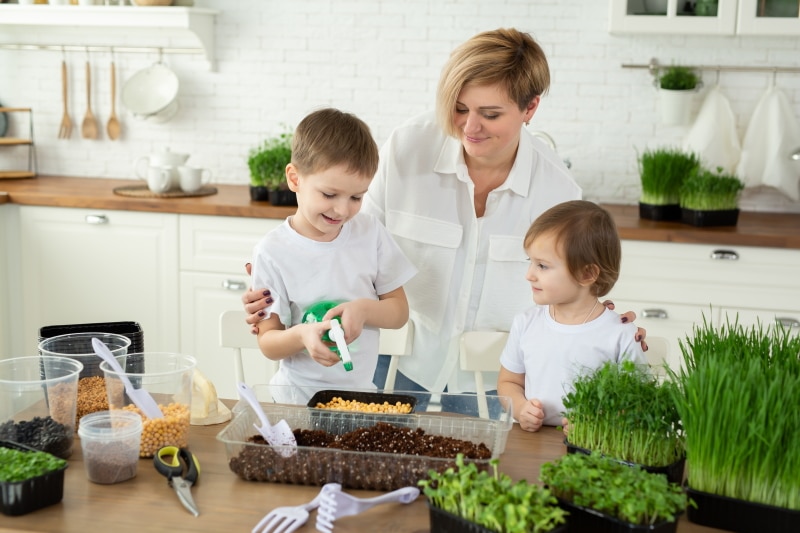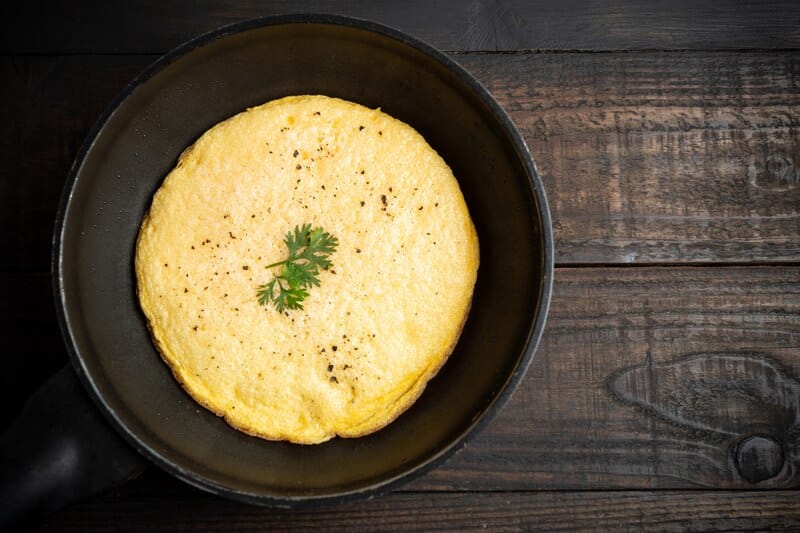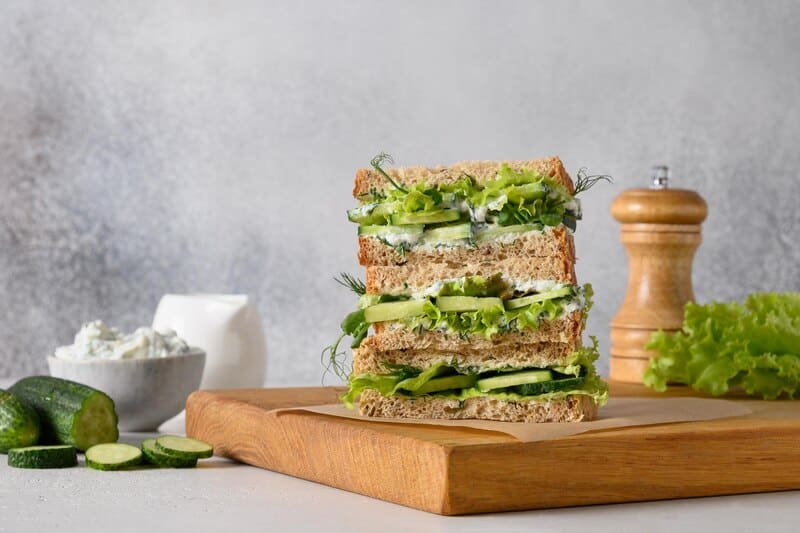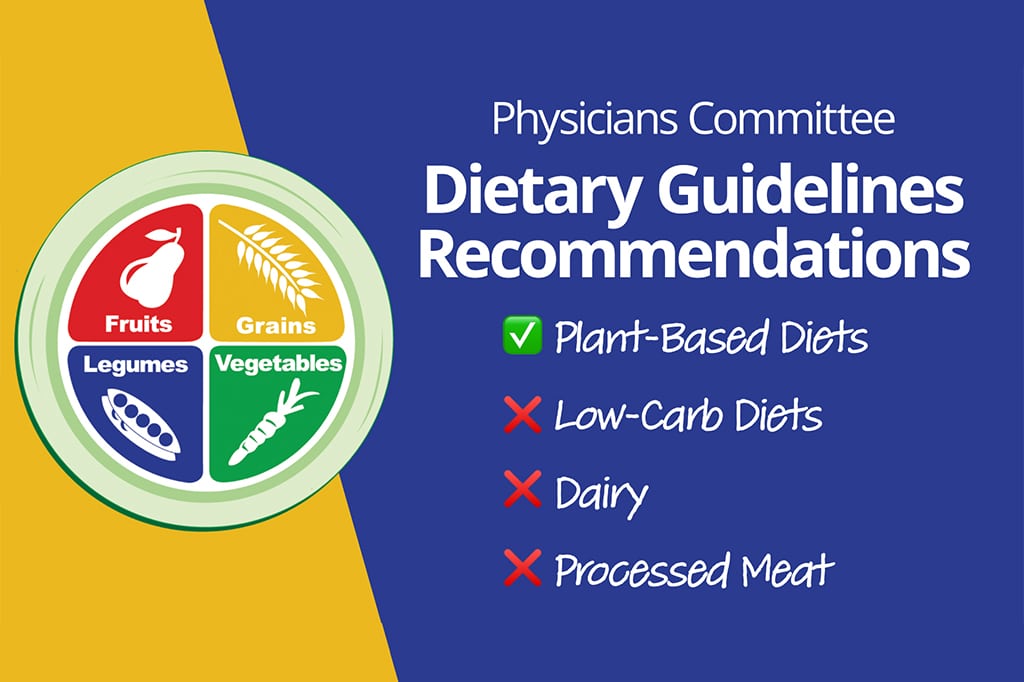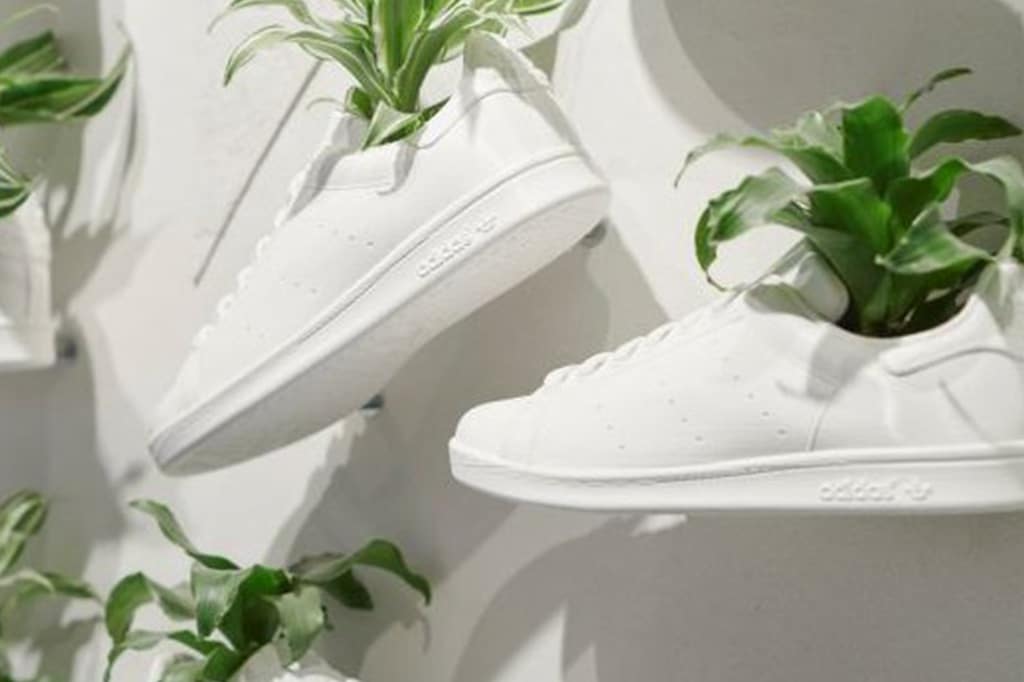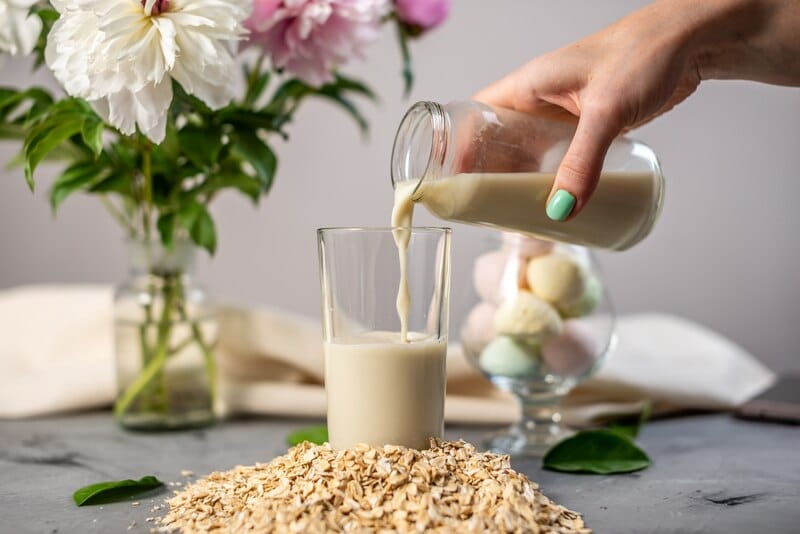You may cultivate a lush garden full of freshly picked herbs and veggies even if you live in a major metropolitan area.
Do you have a deep-seated desire to eat veggies that you have grown in your own backyard, but you believe that the size of your studio apartment forces you to rely only on fruit that you buy from the store? Even if you are located in the center of a major metropolitan area, it is not impossible to cultivate your own fruits, vegetables, and herbs. If you just follow these instructions, you will quickly be able to cultivate food in ingenious ways that are shockingly simple.
- Embrace the many opportunities for planting.
Food may actually grow in any environment as long as there is soil, sunlight, and water available in sufficient quantities. If you can fit as many containers as you possibly can outside, whether you’re working with a fire escape, a tiny deck, or even a windowsill, you should give this strategy a try. The term “containers” can refer to a wide variety of objects, from freshly acquired clay pots to used plastic paint buckets (make sure they are well-cleaned). It is even feasible to grow tomatoes directly out of soil bags on a rooftop. All you need to do is make sure that the bottoms of your pots have drainage holes poked into them. Indoor hydroponic gardening systems, such as Lettuce Grow and AeroGarden, have also been increasingly popular over the years and are making it easier than ever before to garden at home. Some of these systems even allow you to grow plants year-round.
- Bring yourself back to reality.
Be sure to stock up on some vegan organic (“veganic”) soil of good quality. Because many organic soils contain manure or other animal products, you’ll want to make sure that the soil you use does not come from any animals that were treated cruelly. The Vegetarian Potting Soil produced by Dr. Earth is free of any animal by-products and can be purchased at large retail establishments like Home Depot and Lowe’s, in addition to being available on the website for Dr. Earth. Find a spot that gets a lot of sunlight between the peak hours of 10 am to 2 pm, and don’t forget to water your plants once every day (usually in the evening).
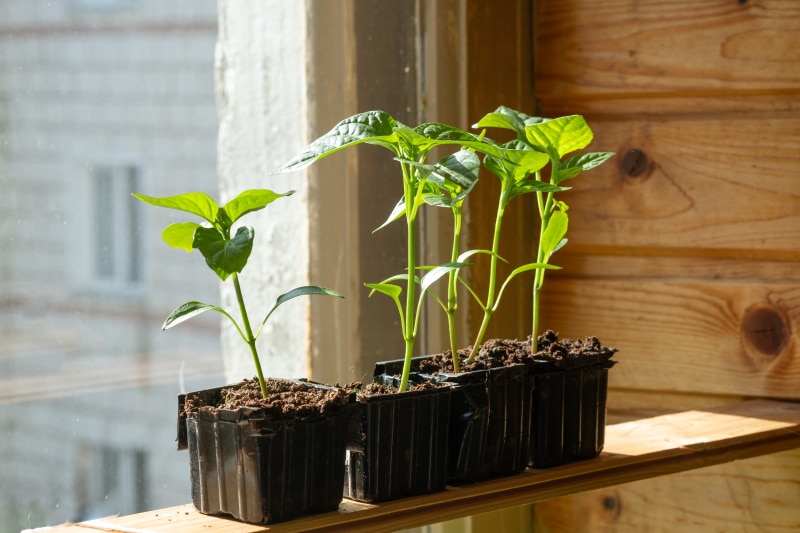
- Plan your plants
After you have completed all of those steps, you should now fill your pots with soil, leaving a space of about an inch at the top. Make a call to the nurseries in your area to inquire about the availability of vegetable “starts” (seedlings that are ready to plant). You may plant those starts in your containers by digging holes that extend as deep as about an inch below the top leaves of the plant. Allow the plant’s plenty of room to expand into their new homes, which, in practice, means using either one or two plant starts per container, depending on the size of the container.
- Make room for the trash.
You are going to have a lot more plant waste to compost now that you are growing vegetables, and you are going to need a good use for that compost when it is finished. On the other hand, if you grow in an urban setting, you might not have enough room for a huge compost bin. You may find kitchen-top compost containers on Amazon, but you can also explore local composting pickup services in your region to see if there are any available. If you don’t have your own compost bin, you can keep the vegetable peelings you throw away in a jar that you keep on your counter or in a bag that you keep in the freezer. Some firms will come and collect your leftovers from your home in many of the larger cities in the country for a price that is not prohibitively expensive.
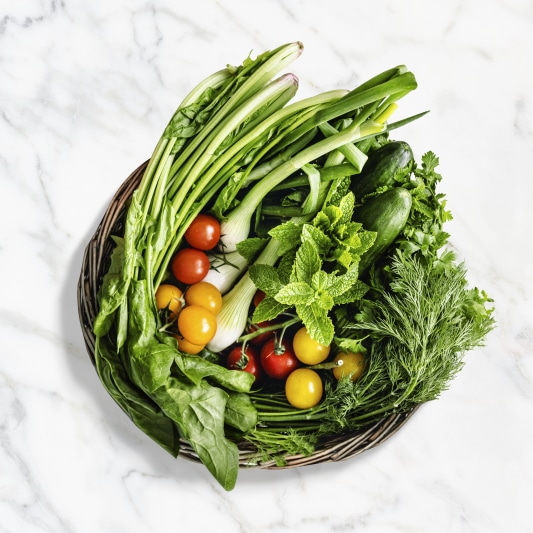
- Be sure to mix things up
You may enjoy eating your vegetables, but so do a wide variety of creepy crawlies, including insects. Try using companion planting, which involves placing different kinds of plants close to one another, to dissuade them in the kindest way possible. Planting tomatoes and basil next to one another, for instance, or parsley and cilantro complement each other very well. You should make every effort to avoid growing only one crop in the same container; doing so will not only help you have a greater range of foods available during the harvest season, but it will also save you time. Planting bee-friendly crops such as blackberries, cucumbers, peppers, squash, and wild garlic on a window sill or fire escape will help pollinate the fruits and vegetables you cultivate and even create a buzzing oasis for them. Other bee-friendly crops include wild garlic.
- Experiment with local botanicals.
When planting in a limited location, keep in mind that herbs produce a significant yield despite occupying a relatively little amount of room. Tomatoes and eggplants take up a significant amount of space in a kitchen, whereas basil, parsley, thyme, and cilantro can impart a significant amount of flavor to virtually every recipe. Because you have a few pots on your fire escape, you will quickly be able to prepare fresh vegan pesto and tomato sauce that is well seasoned with herbs.
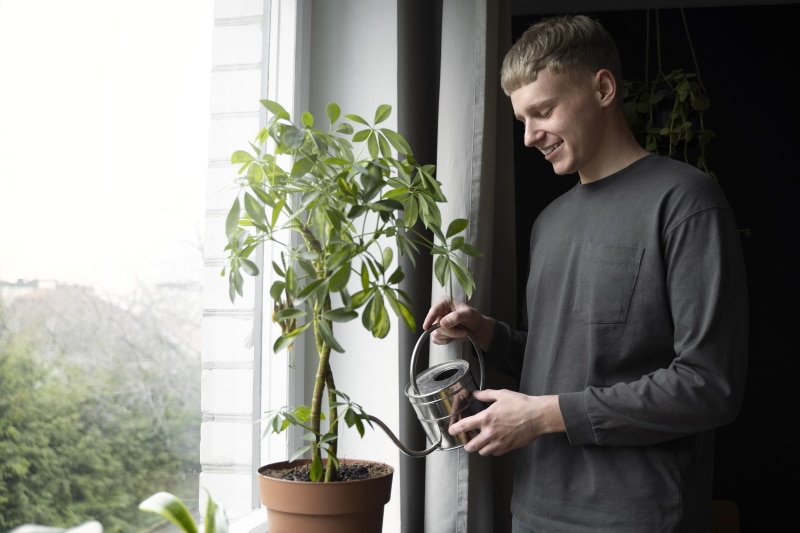
- Pay attention to your garden!
Even though vegetables do not have voices, they will communicate quite clearly what they require from you. During the warmest part of the summer, you should inspect your crops. Do they appear wilted and parched to you? They are probably advising you to drink two glasses of water every day. Or are they content and thriving, indicating that a single watering every day is sufficient for their needs? However, take care not to overwater the plants! If the plant’s leaves are turning yellow, brown, and wilting, it may be a sign that it is receiving an excessive amount of water. It’s all about making mistakes and learning from them, and even people who call themselves “experts” can’t read your plants as well as you can. Therefore, you should go spend some time with them and attempt to educate yourself in their language.
- Open the doors and let the sun in.
Plants that are exposed to an excessive amount of shadow may seem stunted and will typically take on a bluish-purple hue. You need to follow the sun and make sure that they are getting sufficient light. Planting them in containers makes it simple to transfer them to other locations. Nevertheless, there is such a thing as getting too much exposure to the sun! Heat can bounce off of hot metal, especially at the end of summer, if, for instance, your plants are placed on a fire escape. You will be able to tell since the appearance of your plants will be quite similar to that of being burned. In that scenario, you should make an effort to locate some shade or bring your plants inside so that they can spend some time out of the sun.

